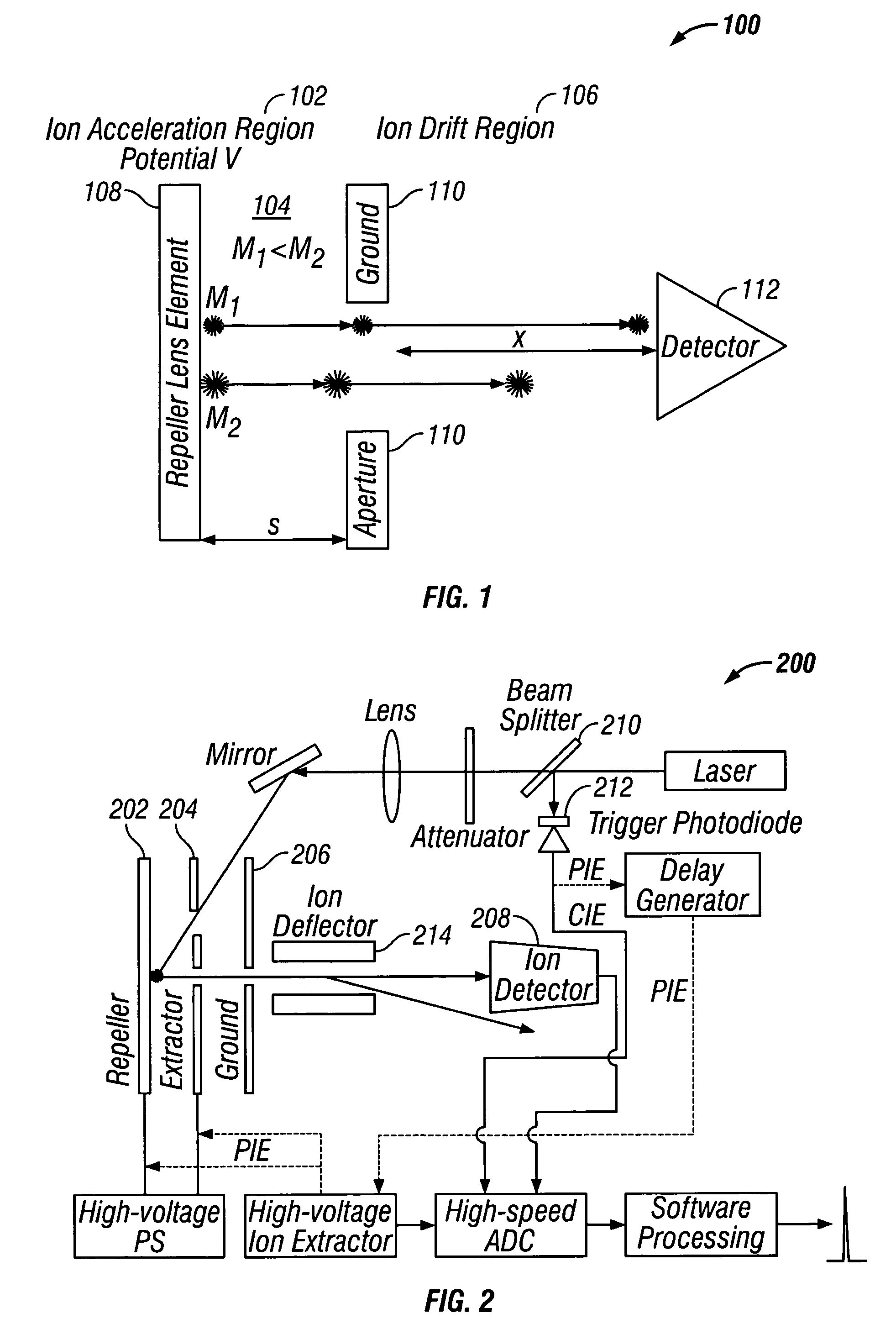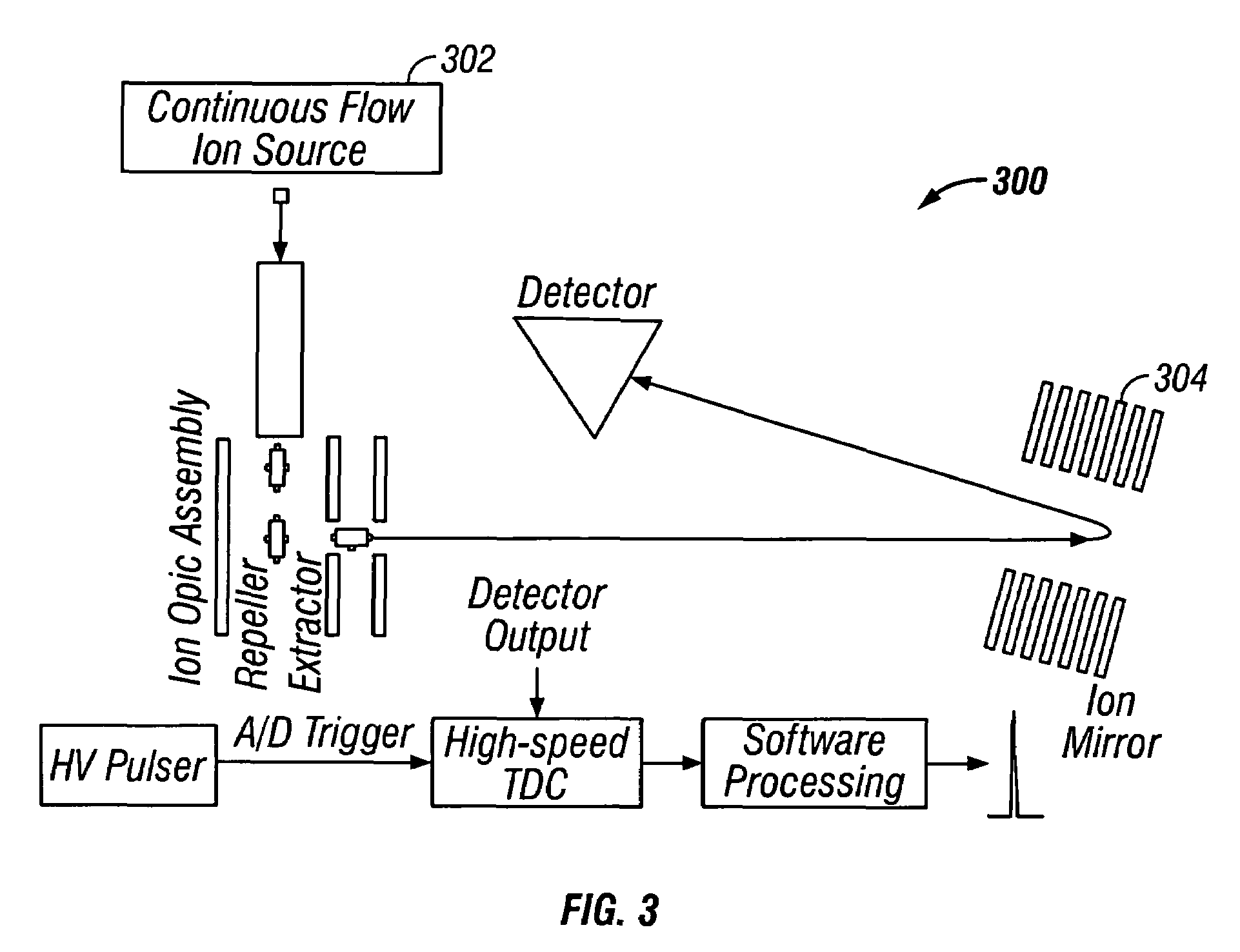Apparatus for microfluidic processing and reading of biochip arrays
a microfluidic processing and array technology, applied in the field of separation science, analytical biochemistry, mass spectrometry, and biosensors, can solve the problems of imposing constraints, current biochip technology, and inability to meet the current generation of sample probes and mass spectroscopy systems
- Summary
- Abstract
- Description
- Claims
- Application Information
AI Technical Summary
Benefits of technology
Problems solved by technology
Method used
Image
Examples
Embodiment Construction
I. Apparatus for Microfluidic Processing of Biochip Arrays
[0085]A. Biochip Technology
[0086]Biochips include a surface which has capture molecules attached, and may include arrays having specific molecules at identifiable locations. The surface and / or array locations are interrogated for the presence or interactions of analyte molecules with the capture molecules. The interrogation includes surface scanning involving various techniques. One technique involves the interrogation techniques without physically communicating or touching the chip surface. Other techniques perform the surface interrogation by using a surface-based analytical tool, where the interrogation involves physically contacting the surface of the chip where the analyte molecules are attached.
[0087]Techniques without physically communicating or touching the chip surface include optical methods, electrochemical methods, radio frequency methods, methods involving a piezoelectric vibrating member, resonant cantilever met...
PUM
 Login to View More
Login to View More Abstract
Description
Claims
Application Information
 Login to View More
Login to View More - R&D
- Intellectual Property
- Life Sciences
- Materials
- Tech Scout
- Unparalleled Data Quality
- Higher Quality Content
- 60% Fewer Hallucinations
Browse by: Latest US Patents, China's latest patents, Technical Efficacy Thesaurus, Application Domain, Technology Topic, Popular Technical Reports.
© 2025 PatSnap. All rights reserved.Legal|Privacy policy|Modern Slavery Act Transparency Statement|Sitemap|About US| Contact US: help@patsnap.com



